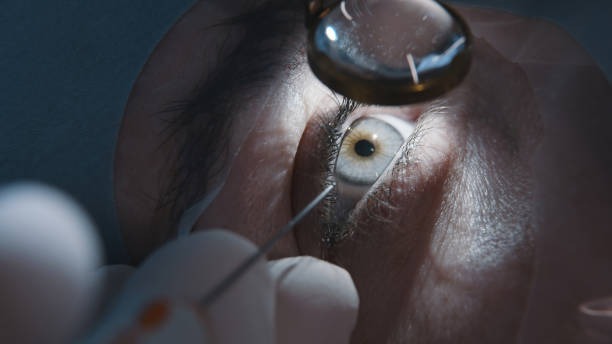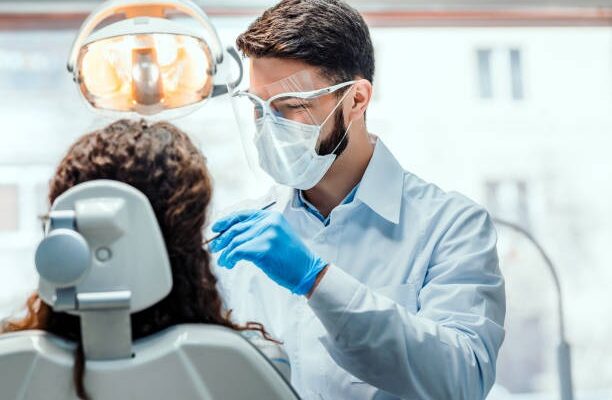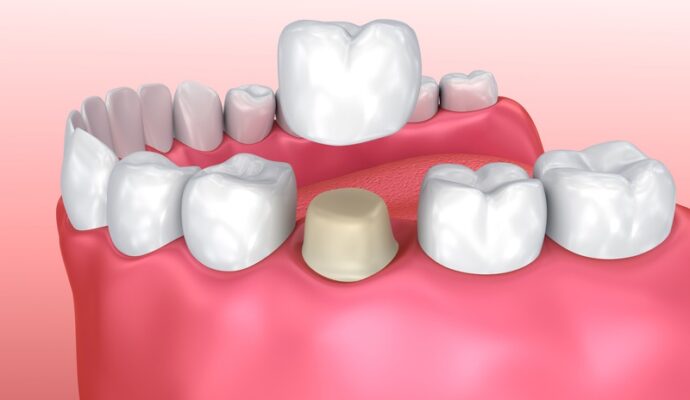Ever find yourself blinking excessively or feeling like there’s something gritty in your eye? You might be experiencing dry eye syndrome. This condition occurs when your eyes don’t produce enough tears or the right quality of tears to maintain moisture, leading to discomfort and potential vision issues.
Why Does Dry Eye Occur?
Dry eyes can occur for a variety of reasons. Common culprits include aging, certain medical conditions, and environmental factors like wind and smoke. Even staring at digital screens for prolonged periods can trigger unpleasant dry eye symptoms.
The Role of Lifestyle Choices
Sometimes, our habits can play a part. Lack of sleep, dehydration, and alcohol consumption can contribute to dryness. Recognizing what might be irritating your eyes is crucial in managing symptoms effectively.
Simple Home Remedies for Dry Eye Relief
If you’re seeking quick relief, some home remedies can work wonders. Here are a few techniques that might help soothe those peepers.
-
Blink More Often: Especially while using screens.
-
Stay Hydrated: Drinking plenty of water aids in tear production.
-
Warm Compresses: Applying gentle heat can stimulate oil glands in your eyelids.
-
Good Nutrition: Omega-3 fatty acids may improve tear quality.
Over-the-Counter Eye Drops
Sometimes, the solution is as simple as finding the right eye drops. Numerous over-the-counter products mimic natural tears, making them handy options for many. It’s wise to try a few different brands to see what works best for you.
Preservative-Free Choices
If you have sensitive eyes, opting for preservative-free eye drops can be beneficial. These are less likely to irritate and can be used more frequently without concern.
When to See a Doctor for Dry Eye
While minor symptoms might be manageable at home, persistent or severe dry eyes could warrant a trip to the doctor. They can help diagnose any underlying conditions and offer a more specific treatment plan. Plus, a routine vision exam can uncover other vision issues that might contribute to discomfort.
Prescription Treatments for Dry Eye
If traditional methods aren’t working, prescription treatments might be your answer. Medications can help reduce inflammation or stimulate better tear production, offering longer-term relief.
Advanced Therapies
Various medical procedures, such as punctal plugs, can help retain moisture in your eyes. This method is often considered when medication isn’t quite enough.
Managing Dry Eye in the Workplace
For those tethered to their desks, managing dry eye at work can feel particularly challenging. However, by tweaking your workspace and habits, you can find relief without sacrificing productivity.
-
Ensure Proper Lighting: Reduce screen glare and adjust brightness to match your environment.
-
Position Your Screen: Keep it at eye level and about an arm’s length away.
-
Consider Breaks: Follow the 20-20-20 rule: every 20 minutes, look at something 20 feet away for at least 20 seconds.
Finding Affordable Solutions
Taking care of your eyes shouldn’t break the bank. Exploring options like affordable eyeglasses in Bloomington can provide you with quality eyewear that doesn’t stretch your budget. Proper eyewear can drastically reduce eye strain and improve overall comfort.
The Emotional Impact of Dry Eye
Dealing with chronic dry eyes isn’t just a physical battle; it can also affect one’s emotional well-being. Feeling discomfort can affect one’s mood and daily interactions. Recognizing that you’re not alone and prioritizing self-care can enhance one’s quality of life.
Staying Informed and Taking Action
Arming yourself with knowledge and taking consistent action can make all the difference. Staying abreast of the latest treatments and understanding your condition can help you manage symptoms effectively.
Building Your Support System
Sometimes, the best resource is other people. Joining communities or support groups, either online or offline, allows you to share experiences and tips. You’ll feel empowered knowing you have a network to lean on.
Understanding Environmental Triggers
The environment plays a significant role in exacerbating dry eye symptoms. Being aware of common triggers can help you make adjustments to your surroundings:
-
Humidity Control: Use a humidifier in your home or office to maintain adequate moisture in the air. This can significantly reduce eye dryness, especially in arid climates.
-
Avoid Wind and Smoke: Wearing wrap-around sunglasses can protect your eyes from wind while avoiding smoke-filled areas can prevent irritation.
-
Car and Plane Travel: Air conditioning and cabin pressure can dry out your eyes. Keep eye drops handy during long drives or flights.
Exploring Natural Supplements
In addition to diet, certain natural supplements can support eye health and potentially alleviate dry eye symptoms:
-
Omega-3 Fatty Acids: These are found in fish oil supplements, and they can help improve tear quality and reduce inflammation.
-
Vitamin A: Essential for eye health, topical vitamin A ointments can be beneficial for dry eyes.
-
Flaxseed Oil: This supplement may provide relief by supporting your body’s natural tear production process.
Innovative Technological Solutions
Advances in technology are offering new ways to tackle dry eye syndrome:
-
Blue Light Filters: Installing blue light filters on your devices can reduce eye strain and minimize dryness related to screen exposure.
-
Smartphone Apps: Apps that remind you to take breaks and blink exercises can be useful in managing symptoms during work.
-
Light Therapy Devices: Some specialized devices use light therapy to stimulate tear production, providing relief from chronic dry eyes.
Final Thoughts
Effective dry eye therapy involves understanding your symptoms and trying different strategies to find what works best for you. From simple home remedies to prescription options, a variety of solutions are available. By taking an informed approach and seeking professional guidance when needed, you can find relief and comfort.




